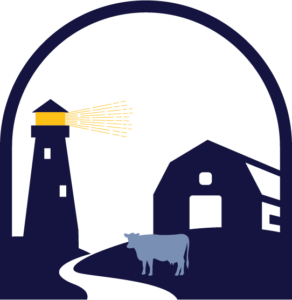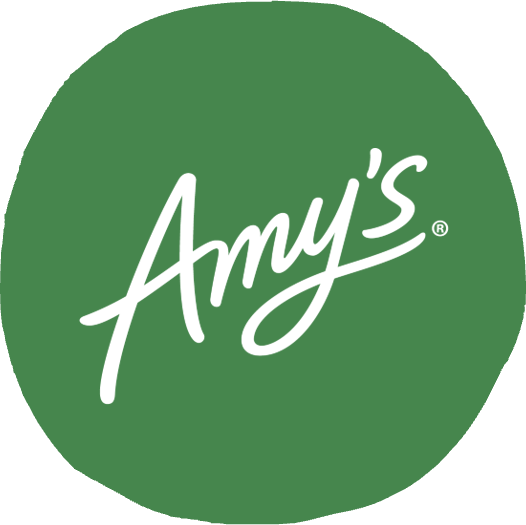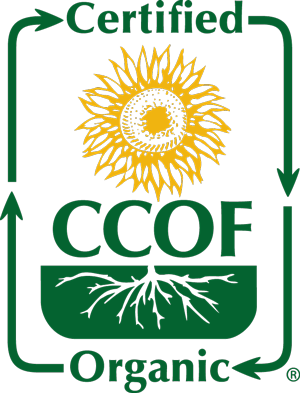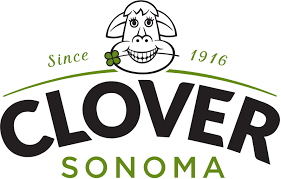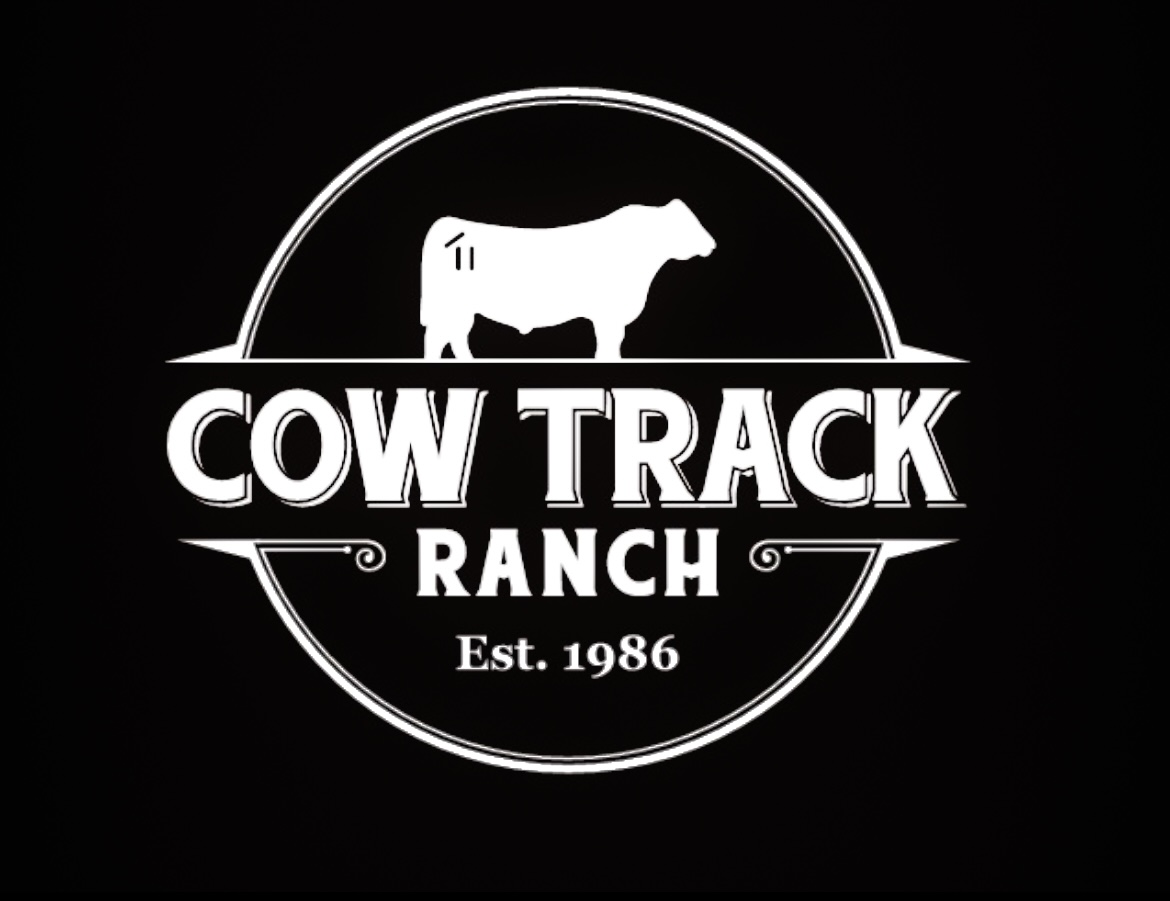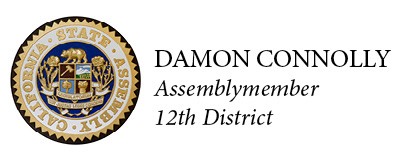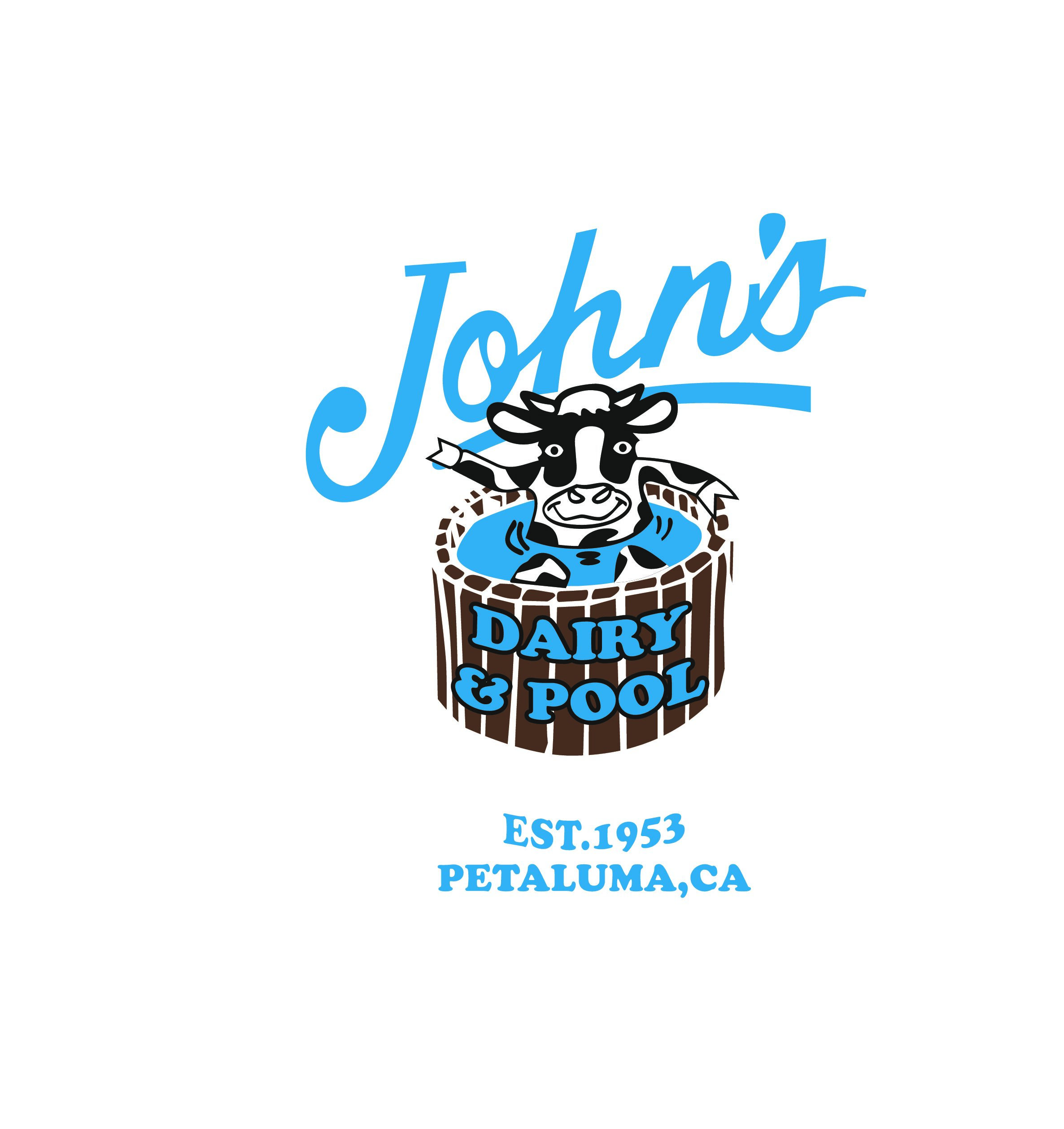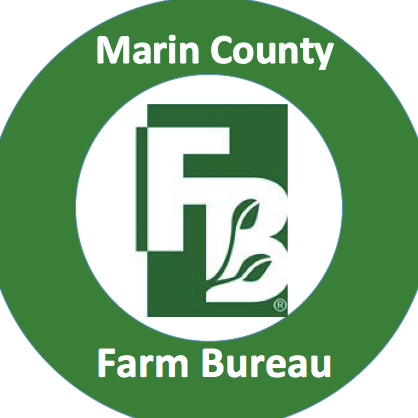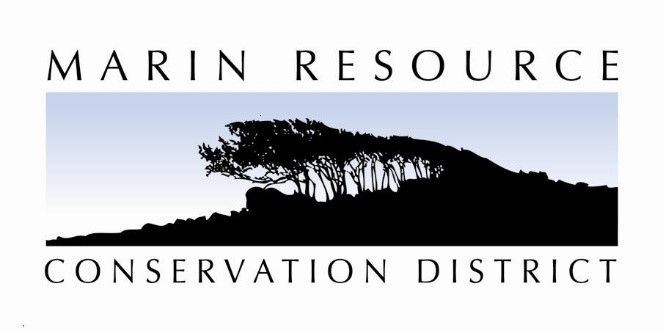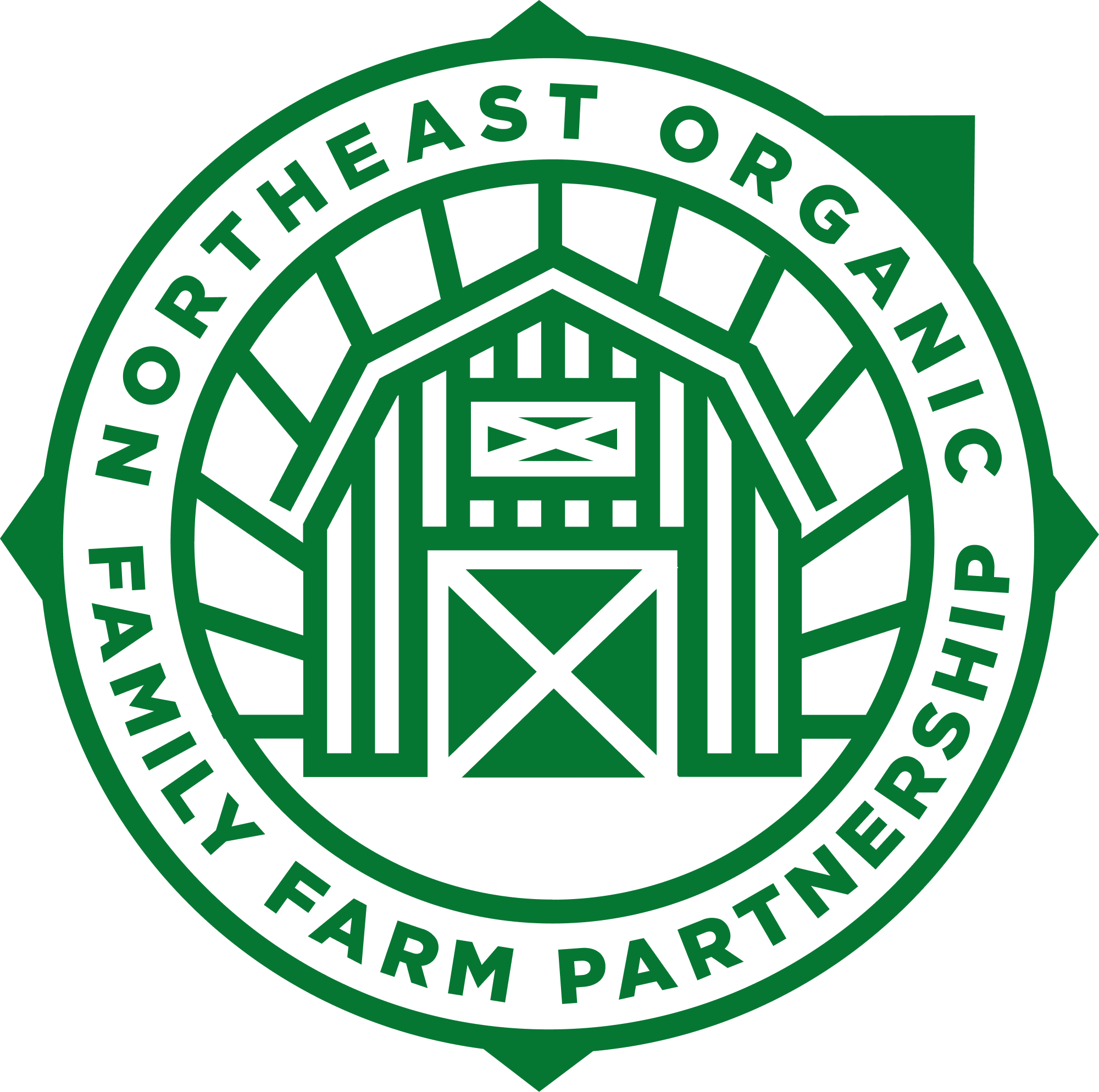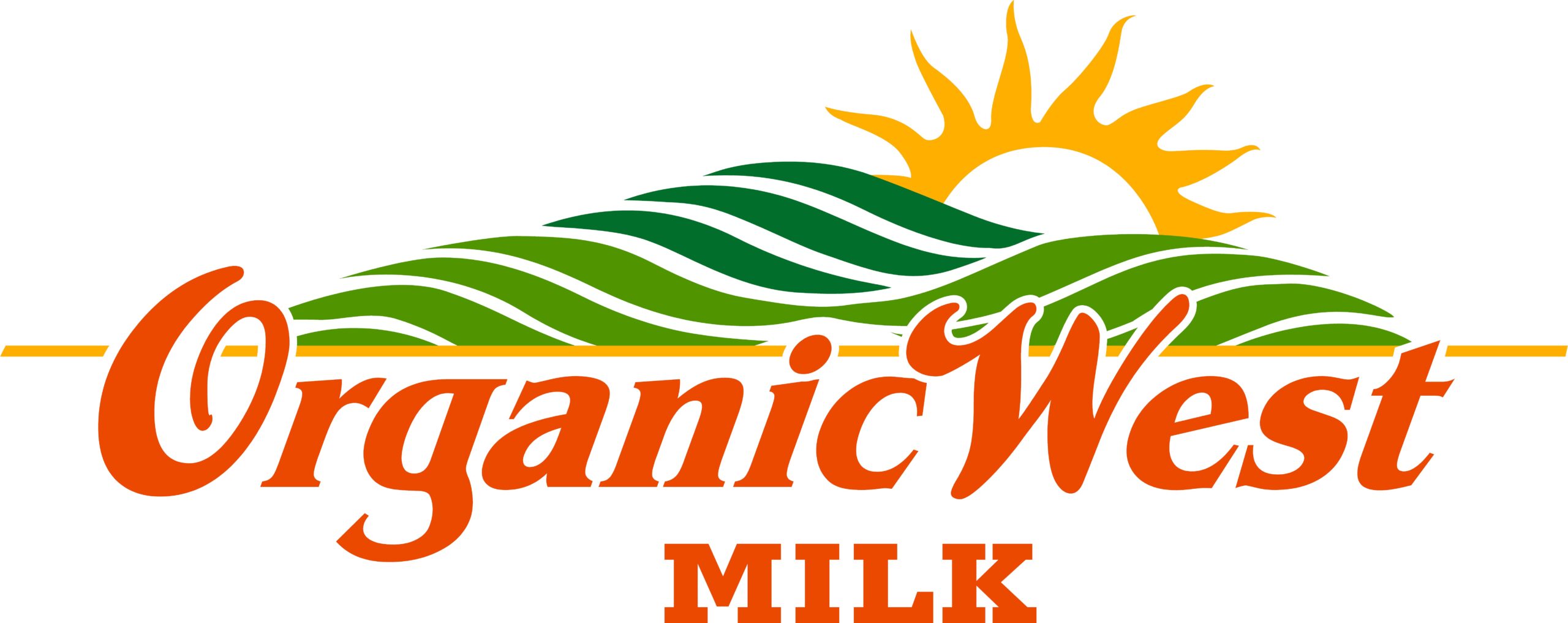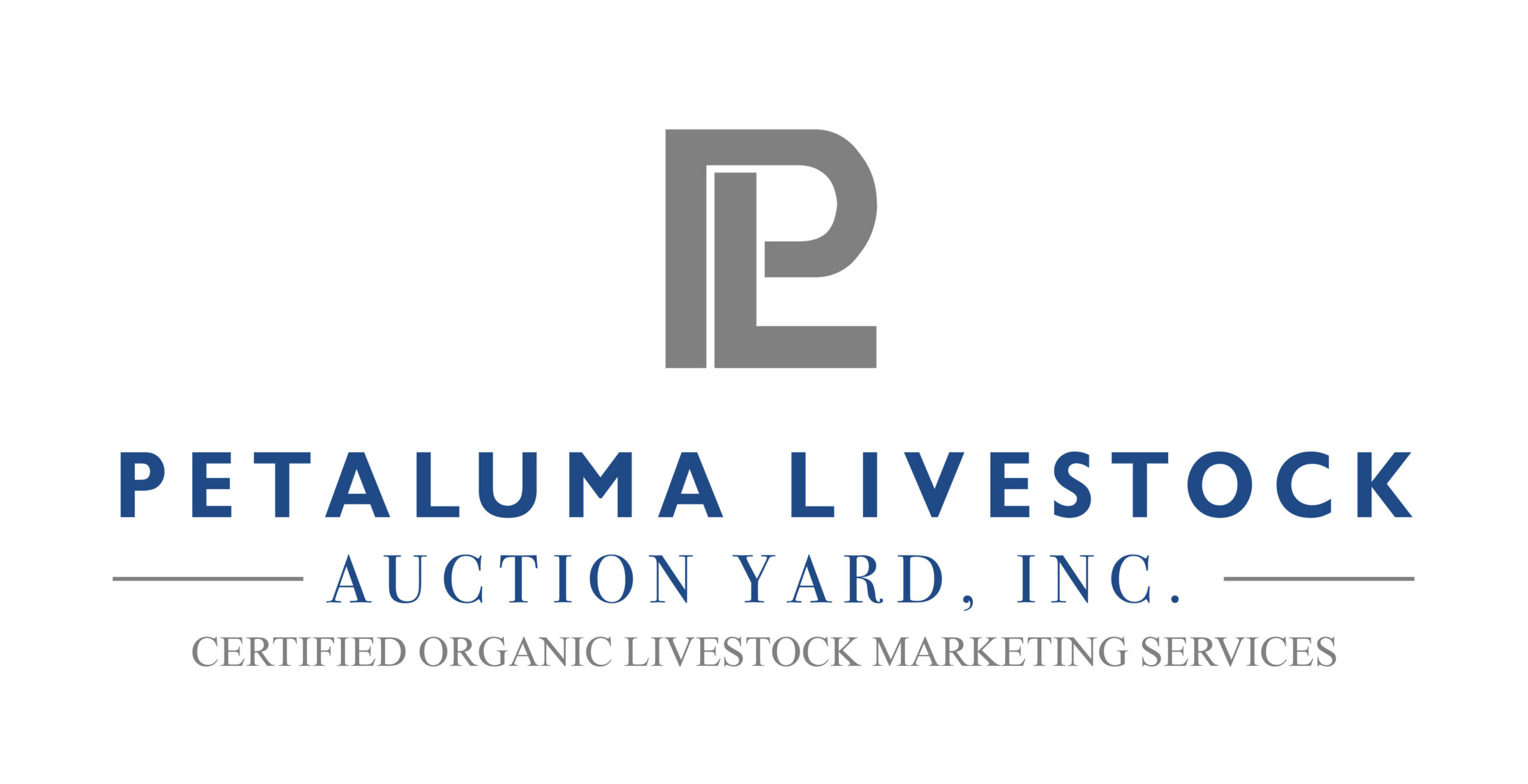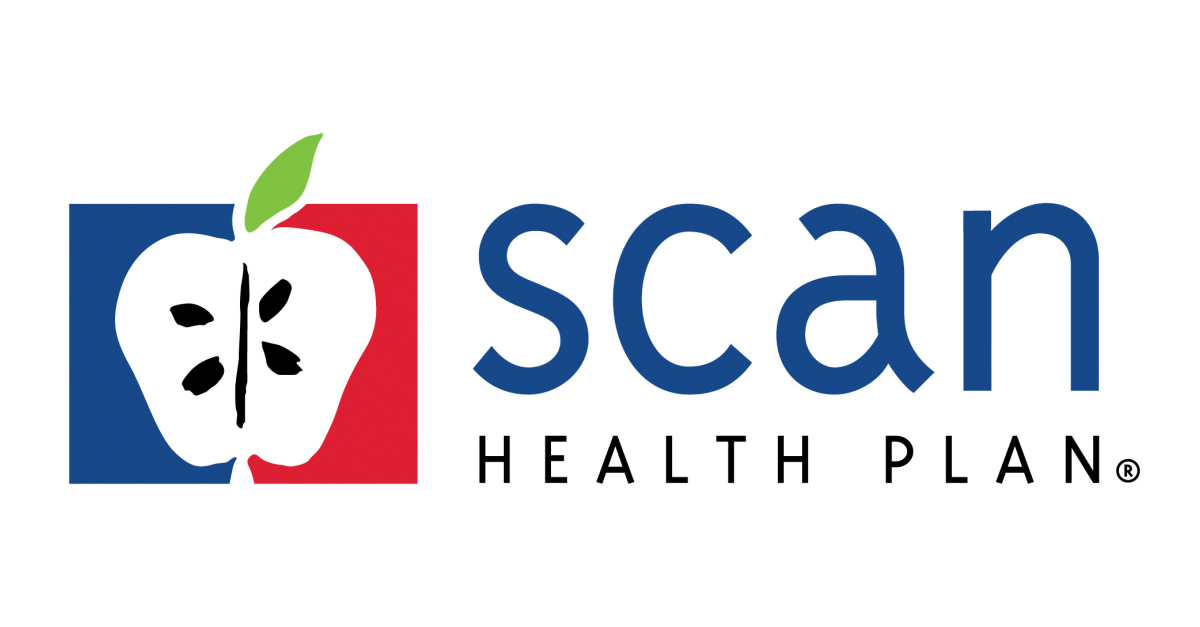Save Marin’s Food Community
Seashore Farms and Ranches Need Your Help
For decades, our community has enjoyed a productive farming and food model in Marin that has been an example for the rest of the country. We have protected our farmland and open spaces while creating access to diverse local food sources farmed sustainably. Together, we are benefiting from healthy, nourishing, high-quality organic food that supplies our farmers’ markets, grocery stores, schools, and beyond.
All agricultural areas within Marin County are vital to the long-term viability of agriculture in the county. A regional threat has emerged to our local food production system in Point Reyes National Seashore (PRNS). This is a critical moment in the history of Marin community. If the farms are moved from PRNS, this will be a devasting loss to the Marin agricultural community. Eliminating the Park’s farms would damage Marin County’s agricultural economy and regional food supply, 20% of which is within the Park.
Schools in agricultural communities continue to decline. There has been a 35% reduction in the student-age population and a 41% reduction in high school students since 2010. (US Census) in some West Marin schools. Many of these multi-generational families have made the Seashore their home and raised their families at the same location for more than 100 years. If these farms and ranches are forced to cease operations, the farming families will likely need to relocate out of the region and remove their children from school. The dramatic loss in school attendance, where schools are already struggling to find students and budget support, will be a significant loss for Marin County’s community.
Sustainable Farming & Ranching in a National Seashore
Beginning in the 1950s in San Francisco Bay Area, an environmental movement led by farmers, environmentalists, and community members helped protect open spaces in the form of parks and farmland preservation. In 1962, these efforts led Point Reyes National Seashore (PRNS) to become managed by the National Park Service. A pastoral zone was created within the Park encompassing the historic ranches and farms that were designated “a cultural landscape.” These ranches have roots back to the 1850s. The ranch and farm owners sold their rights to the Park with the promise from Congress that ranching would remain part of the Seashore.
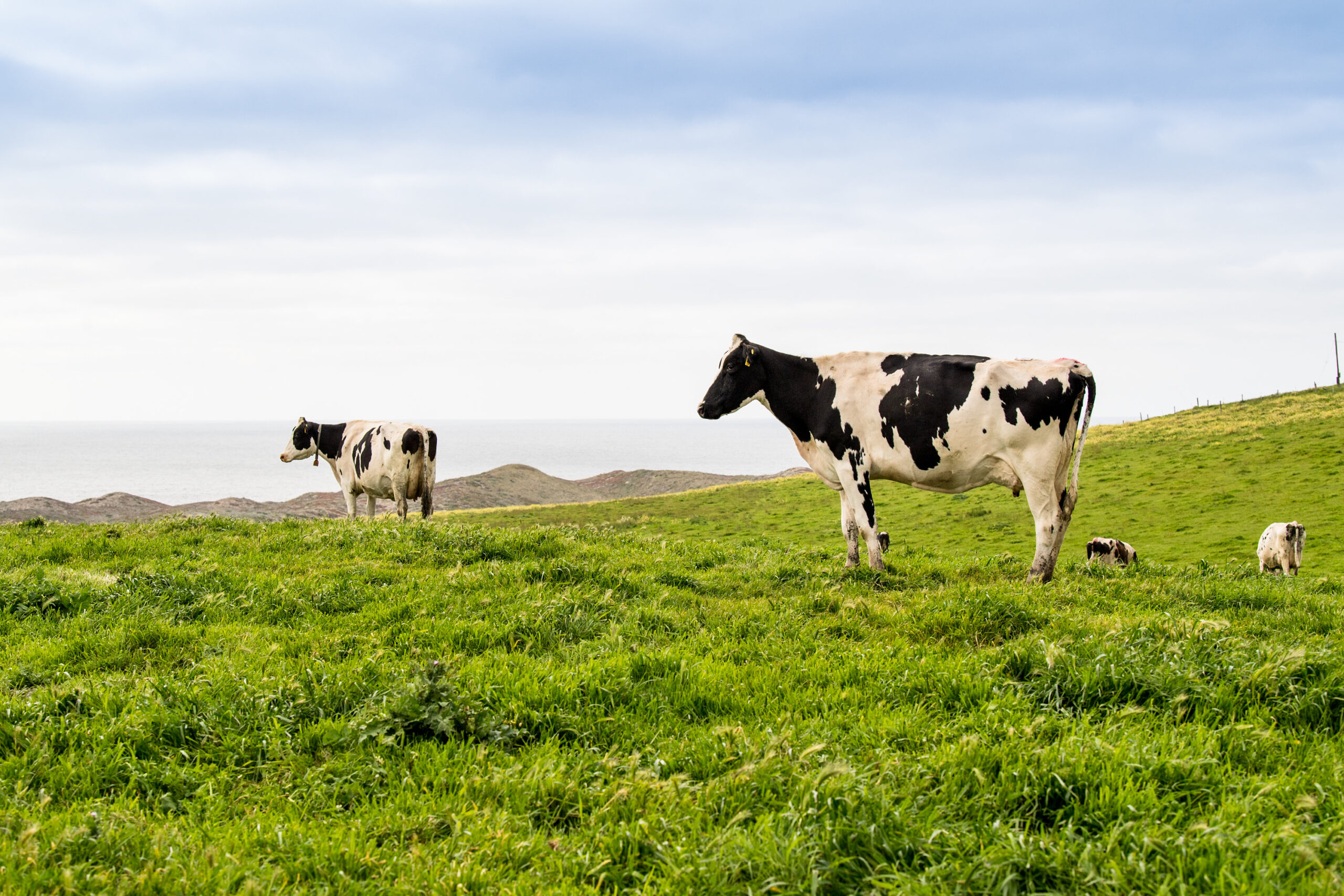
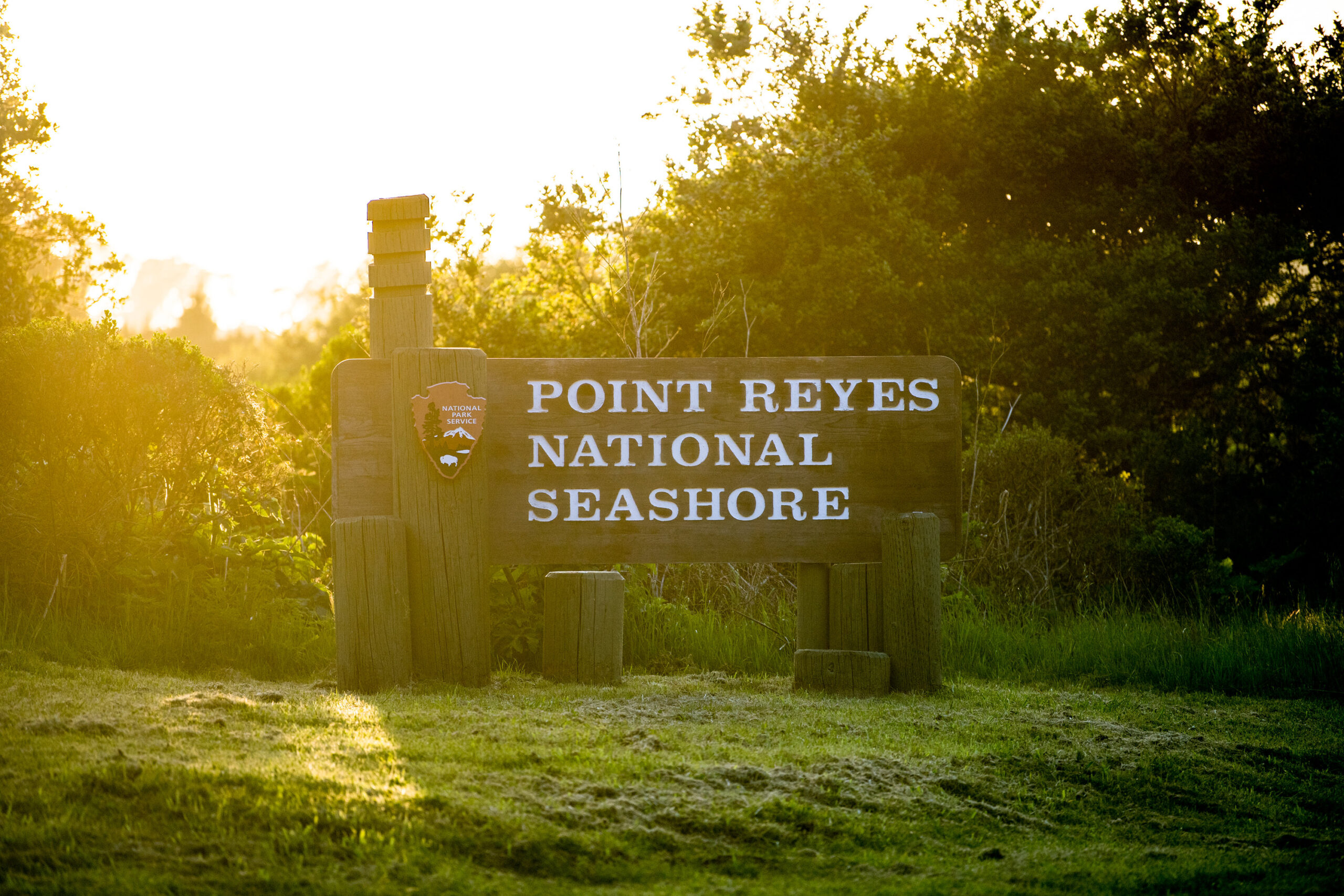
“At the time the initial authorizing legislation for Point Reyes National Seashore was enacted, the federal government, in effect, made a promise to the ranchers in the pastoral zone that as long as they wanted to stay there, to make that use of it, they could do it. We must [now] keep our word to these people.”
Laura A. Watt
Journal of International Wildlife Law & Policy, 18:289–308, 2015
Copyright OC Taylor & Francis Group, LLC (originally from Congress)
Long-Term Leases are Essential
Organic dairy farming and cattle ranching are demonstrating that agriculture can be one of the solutions to climate change that protects ecosystems, the planet and our communities. Long-term leases are essential for these ranches and dairies to invest in a sustainable farming model with regenerative agricultural practices for future generations.
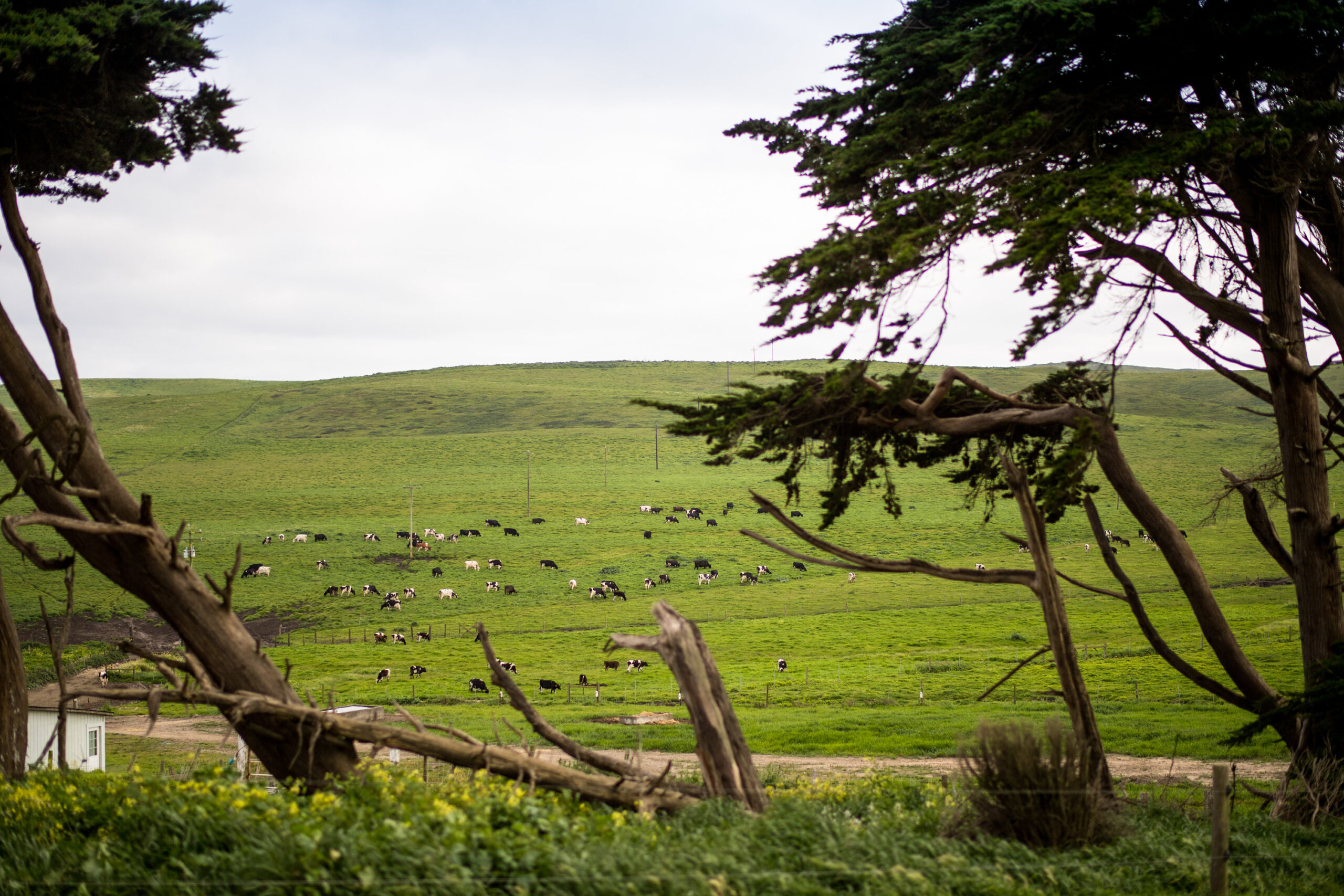
Commitment to Conservation
Prioritizing a local, sustainable farming and food production system that is good for the planet and our communities is now more crucial than ever. PRNS dairies and ranches are making a positive environmental impact despite challenges such as climate change, wildfires, droughts, and other disasters. These agricultural working lands can sequester and store carbon, improve grasslands for grazing, and reduce future greenhouse gas emissions. The land management practices are helping sustain family farms in our community, protect wildlife habitats and biodiversity, and boost local economies while providing nutritious food locally.
